A cordial greeting accompanied by good vibes and many blessings especially to this community. Hoping as always that my post will be of great interest, where I will talk about an old trend such as wrought iron that has been dusted off by the new generations who see with pleasure this technique so rudimentary.
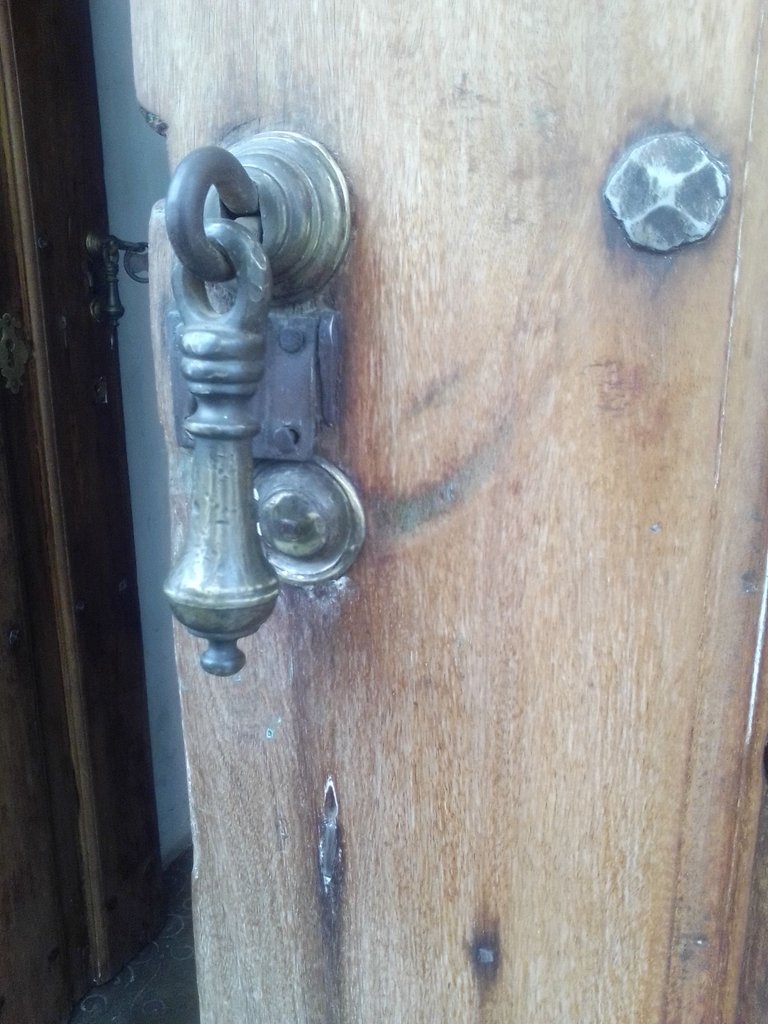
Entering the topic as such I will talk about something that has always caught my attention as it is the forging and specifically the manufacture of protective grilles of the windows that date back many years ago where the technique used seems very interesting and at the same time very curious because there was no welding, however the designs were assembled with rivets and the technique of clamps in order to join the parts in the development of this type of work, depending on your design.
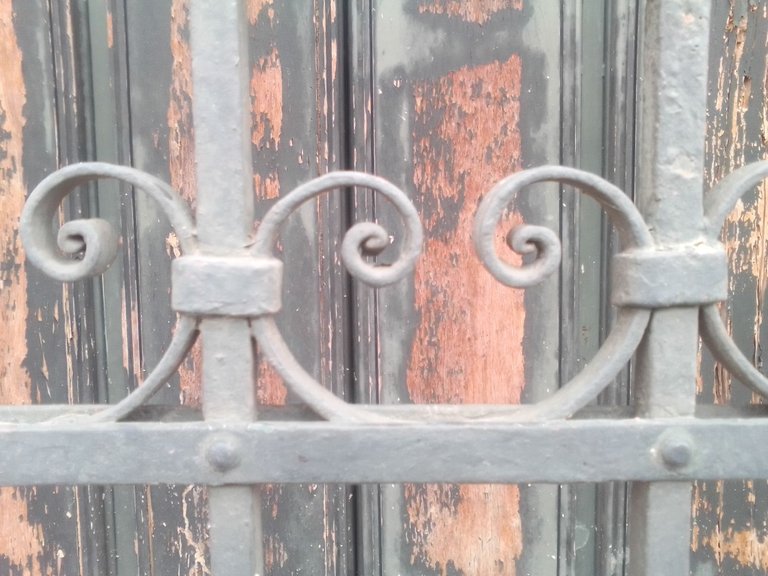
Considering that wrought iron windows were an important part of western architecture, wrought iron by nature can be bent and shaped and is highly resistant to corrosion.
In many occasions when we detail how they achieved such perfection in the construction of wrought iron windows we see in such an impressive way the great qualities of this old generation of blacksmiths.
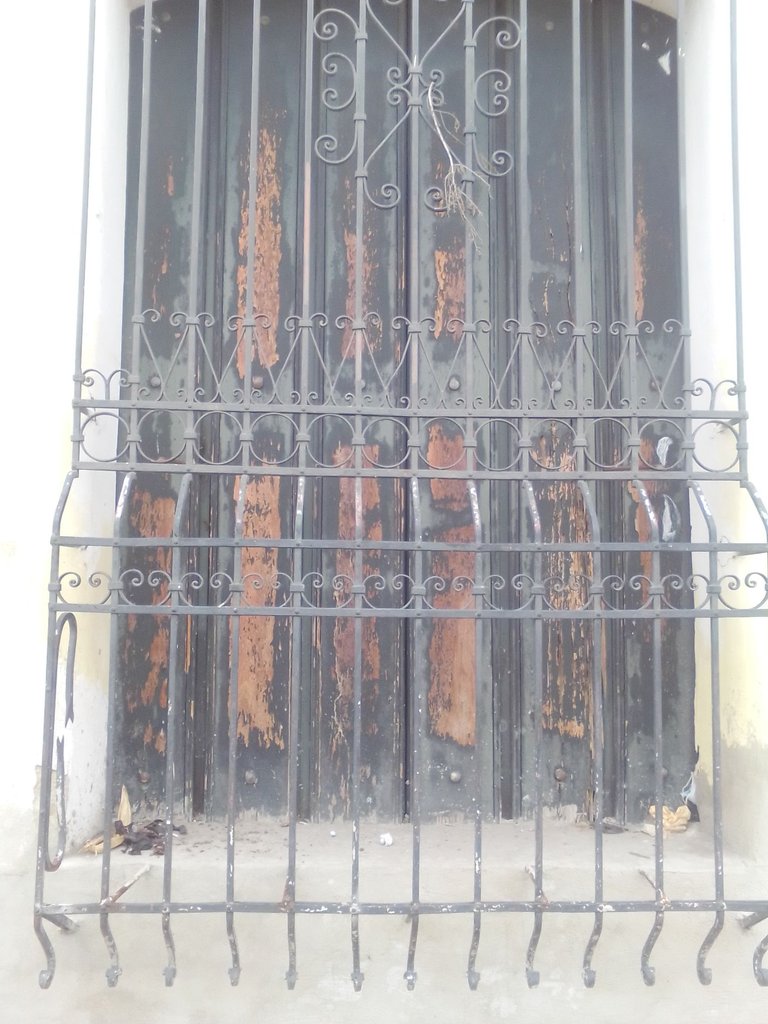
This modality has decorative qualities in spite of the way the iron is used to mold, where in many occasions a hammer and thermal treatment are used to obtain these impeccable designs in the manufacture of these grids and of many diversity of pieces like the caps for horses, cattle marks, axes, crosses for churches, bell towers, the iron stirrups, grates of the dungeons, nails, knives, daggers that were used in the tips of the spears to defend themselves and for works of the railroad among others.

These types of work are rarely used today because of the complexity involved.
In its origin it was used what we know today as manual forging. It became a key element to improve the quality of life of the inhabitants of this planet.
The metal was heated in a furnace, being the main tools the tongs, the anvil, the scissors, tongs, brushes, and claws, among many others.
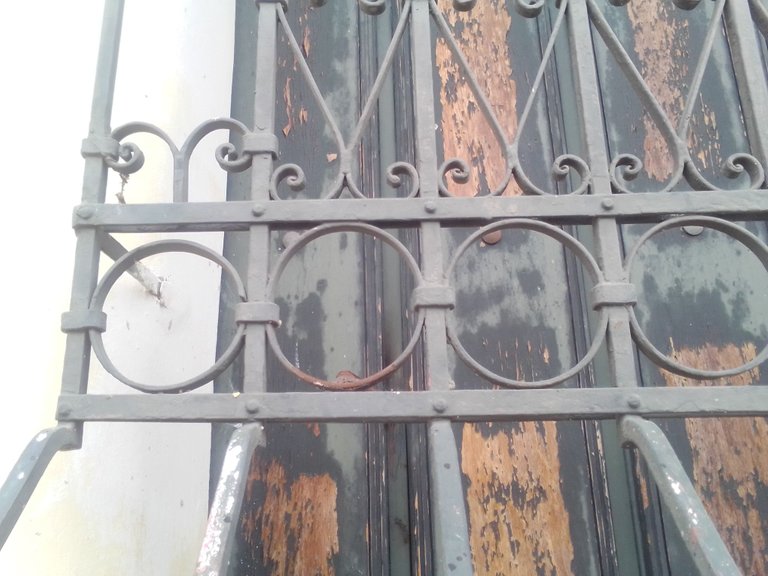
There are several types of forging, cold forging and hot forging, forging with great pressures is also used, it continues with press or with intervals with hammer pylons, altering its limit of elasticity without breaking where different forces are applied.
Rolling and extrusion are plastic deformation processes due to the application of compression forces for the production of objects.

Over the years the metallurgical industries related to this branch has been incorporating new techniques and tools to soften the physical process of blacksmiths, using hydraulic presses, mechanical presses, rolling hammers indispensable in the development of this huge range of designs. However, the manual forging process still has many followers. Realizing its importance, we can see how they test their skills in this branch of forging in well-known television programs.
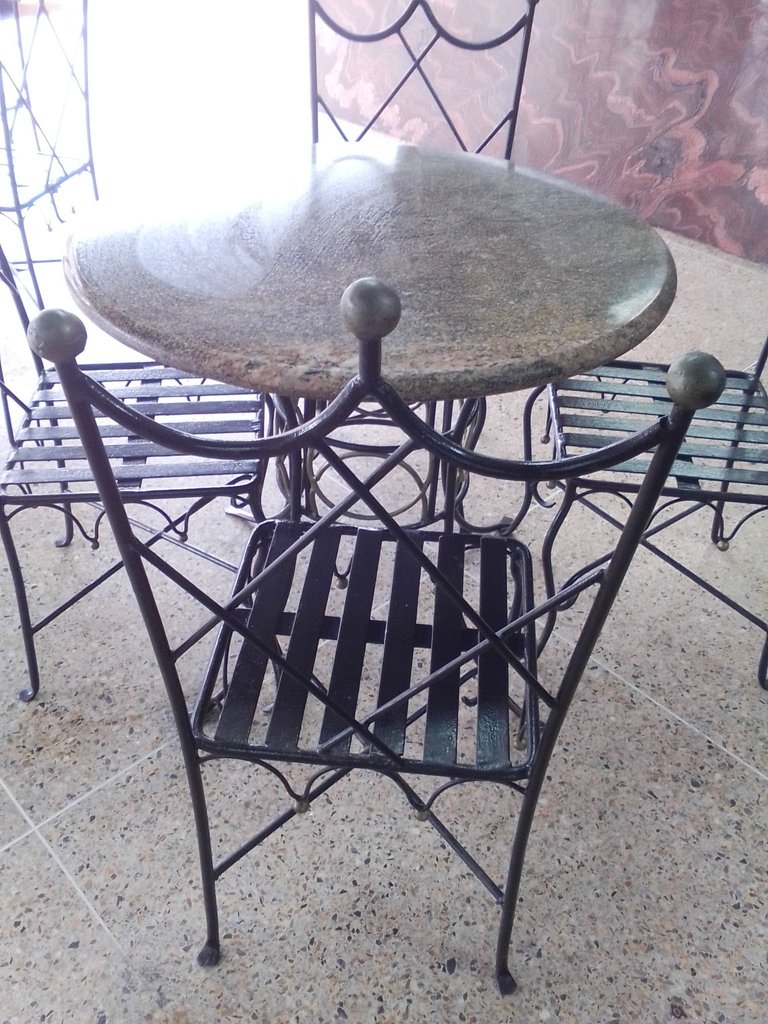
I have nothing left to say but to express my gratitude to my hiver friends who have dedicated part of their valuable time to take into account my exposition where I try to give the best of my best looking to improve and learn with great satisfaction and interest.
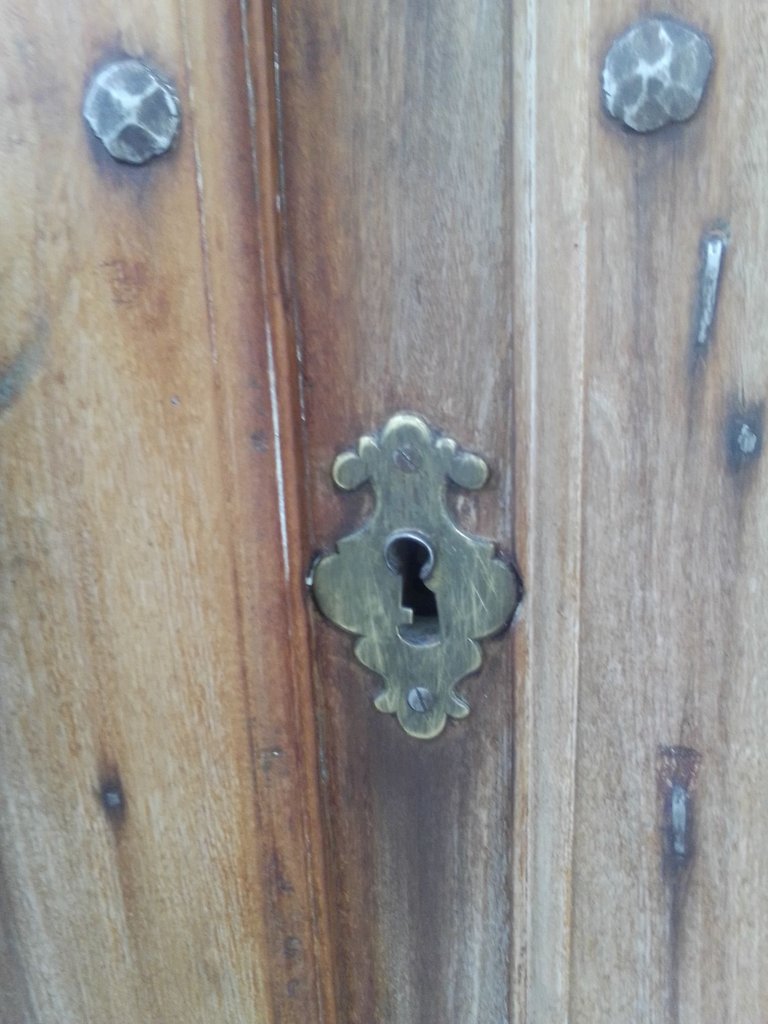
Rejas en hierro forjado
Un cordial saludos acompañado de buenas vibras y muchas bendiciones en especial a ésta comunidad. Esperando como siempre que sea de gran interés mi post , donde les hablaré de una vieja tendencia como lo es el hierro forjado que ha sido desempolvado por las nuevas generaciones que ven con beneplácito ésta técnica tan rudimentaria .

Entrando en el tema como tal les voy a hablar de algo que siempre me ha llamado la atención como lo es la forja y en específico las fabricaciones de las rejas protectoras de los ventanales que remontan desde hace muchísimo años atrás donde la técnica utilizada me parece muy interesante y a la vez muy curiosa debido a que no existía la soldadura, sin embargo los diseños eran ensamblado con remaches y con la técnica de abrazaderas para así poder unir las partes en la elaboración de este tipo de trabajo , dependiendo de su diseño.
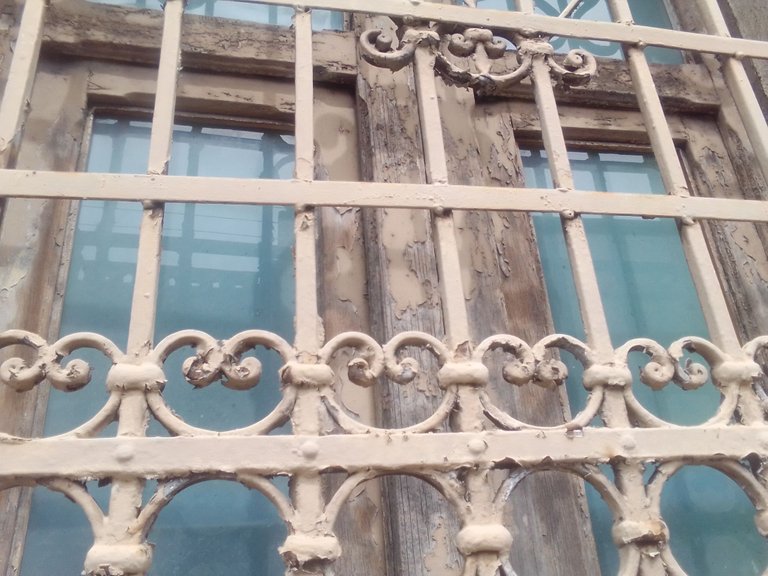
Teniendo en consideración que las ventanas de hierro forjado fueron una parte importante en la arquitectura occidental , el hierro forjado por naturaleza se le puede doblar y dar forma y es de alta resistencia a la corrosion.
En muchas ocasiones cuando nos ponemos a detallar como lograban tanta perfección en la construcción de las forja de estas ventanas vemos de una manera tan impresionante las grandes cualidades de esta vieja generación de herreros.

Esta modalidad tiene cualidades decorativas a pesar de la forma como se utiliza el hierro para moldear , donde en muchas ocasiones se utiliza un martillo y tratamiento térmico para así obtener estos diseños tan impecables en la fabricación de estas rejillas y de muchas diversidad de piezas como los casquillos para caballos , marcas de ganado, hachas , cruces para iglesias, campanarios , los estribos de hierro , rejas de los calabozos, clavos, cuchillos , puñales que se utilizaba en las puntas de las lanzas para defenderse y para obras del ferrocarril entre otras .

Estos tipos de trabajo son muy pocos usados en la actualidad debido a lo complicado que implica.
En su origen se utilizaba lo que en la actualidad conocemos como forja manual . Convirtiéndose en elemento clave para mejorar la calidad de vida de los habitantes de este planeta.
El metal era calentado en fogón , siendo las herramientas principales las pinzas, el yunque, las tijeras, tenazas, cepillos, zarpas, entre muchos.

Existen varios tipos de forja, en frío y forja en caliente, se utiliza también la forja con grandes presiones continúa con prensa o con intervalos con martillo pilones, alterando su límite de elasticidad sin llegar a romperse donde se aplican distintas fuerzas .
La laminación y La extrusión son procesos de deformación plástica debido a la aplicación de fuerzas de compresión para la elaboración de objetos .

Al pasar de los años las industrias metalúrgicas relacionadas con éste ramo ha ido incorporando nuevas técnicas y herramientas para así suavizar el proceso físico de los herreros , utilizando prensas hidráulica, prensas mecánica , martillos laminador indispensable el la elaboración de esta inmensa gama de diseños. Sin embargo el proceso de forja manual sigue teniendo muchos seguidores . Dándonos cuenta su importancia que en reconocidos programas de televisión podemos observar cómo ponen en prueba sus habilidades en este ramo de la forja.

No me queda más que decirle no sin antes expresar mi agradecimiento a los amigos hiver que han dedicado parte de su valioso tiempo en tomar en cuenta mi exposición dónde trato de dar lo mejor de mi buscando ir mejorando y aprendiendo con mucha satisfacción e interés

The Hivebuzz proposal already got important support from the community. However, it lost its funding a few days ago when the HBD stabilizer proposal rose above it.
May we ask you to support it so our team can continue its work?
You can do it on Peakd, Ecency, or using HiveSigner.
All votes are helpful and yours will be much appreciated.
Thank you!Dear @medicenchuchi, we need your help!
Undoubtedly, quality is the most indispensable thing and those techniques used by the forgers regarding the alloys for the elaboration of their pieces were well qualified. Thank you for your very accurate opinion
It is a trend that goes back many years where it is still not as interesting as the old rudimentary technique where intelligence was tested in every job.